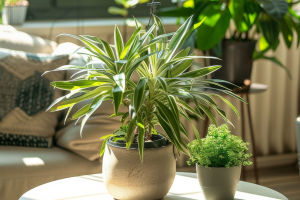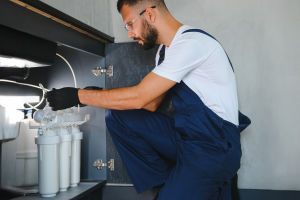Painting walls is a popular way to refresh or renovate a home, whether it’s a small update or a major makeover. For Lykkers planning a painting project, understanding how to speed up the drying time can make the entire process smoother and more efficient.
This guide explains practical tips to help your walls dry faster after applying paint.
Choosing the Right Paint for Your Project
Identify the purpose of your painting
Before purchasing paint, it's important to clearly define the type of job to be done. Different paints serve different needs and have varying drying times. Selecting the right kind of paint will ensure the best results and can also impact how quickly it dries.
Types of paint and their drying times
- Oil-based paints typically require a longer drying period, so they are slower to dry compared to other types.
- Water-based paints are more versatile and usually dry faster, making them a popular choice for quick projects.
- Tempera paints offer flexibility and moderate drying times, suitable for various surfaces and effects.
All these details are usually indicated on the paint container, so reading product labels carefully helps choose the best option.
Best Practices to Speed Up Paint Drying
Work in well-ventilated spaces
Painting in rooms with plenty of fresh air circulation helps evaporation and accelerates drying. Opening windows and doors during the day provides natural airflow and sunlight, both of which contribute to faster drying.
Start early for optimal results
Beginning your painting early in the day gives the surface more time to dry under favorable conditions. Natural daylight not only improves visibility but also promotes quicker drying, which is why many home improvement projects are scheduled during warmer seasons.
Control humidity levels
Humidity slows down paint drying significantly. Using a dehumidifier to reduce moisture in the air can speed up the process, especially in rooms prone to dampness. If monitoring humidity, aim for a dry environment to help the paint cure faster.
Use specific techniques for slow-drying paints
For paints that dry slowly, such as oil-based types, a useful trick involves lightly misting the painted surface with a small amount of solvent like mineral spirits using a spray bottle. This method can encourage faster drying but should be applied carefully to avoid damaging the paint finish.
Additional Tips for a Smooth Painting Experience
Prepare surfaces well
Cleaning and priming walls before painting removes dust and imperfections, helping paint adhere better and dry evenly. Smooth surfaces reduce the risk of uneven patches or extended drying times.
Apply paint in thin, even layers
Thinner coats dry quicker than thick layers. Applying multiple light coats instead of one heavy one leads to a more durable finish and faster drying overall.
Maintain a steady indoor temperature
Warm environments help paint dry faster, but avoid excessive heat that might cause cracking or uneven drying. Aim for a comfortable, moderate temperature for the best outcome.
To Conclude
Refreshing your home’s walls with a new coat of paint is rewarding and can transform the look of any space. By selecting the right paint, working in ventilated areas, controlling humidity, and using proper application techniques, Lykkers can significantly reduce drying time and enjoy their refreshed rooms sooner. Following these simple guidelines ensures a smooth, efficient painting process with beautiful, lasting results.


